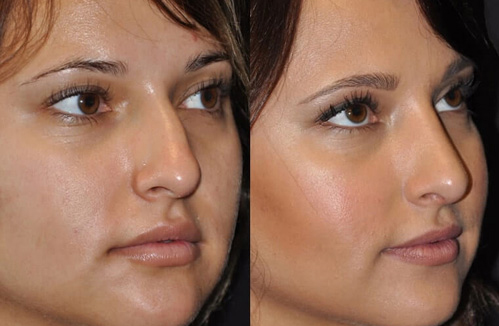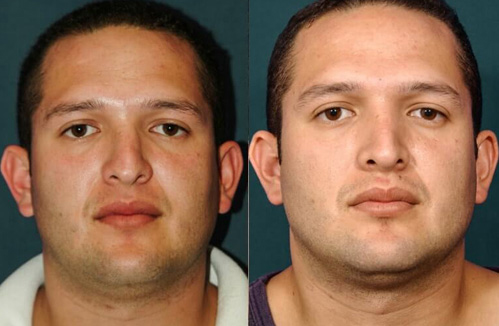What is Septoplasty?


Good Candidates for Surgery
For those who experience the following, you may be a good candidate for surgery:
- Difficulty breathing
- Blocked nostril(s)
- Noisy breath during sleep
- Excessive snoring
- Issues with sleep (snoring or breathing)
- Repeated sinus infections
- Congestion
- Frequent nosebleeds
- Facial pain or headaches
- Postnasal drip
Table of Contents
How to Prepare for Septoplasty Surgery?
The first step in preparation is the consultation with your doctor. Once it has been decided that you are the right candidate for surgery, your doctor will do a physical exam. The physical exam will help the doctor figure out a plan for the operation. The doctor will determine the position of your nasal septum. They will use a bright light and a unique tool that opens your nostrils to look inside your nose. This does not hurt and sounds more invasive than it is. Your doctor needs to get a good look inside your nose before the day of surgery. At the appointment, they will also discuss if you would like to get a nose job at the same time. This is where you can ask any questions and ease any fears you may have. This is a standard procedure that has high success rates. However, getting prepared is vital, so you know what to expect.
Procedure
The procedure itself is done entirely through your nostrils. Your doctor can perform both rhinoplasty and septoplasty procedures together. Rhinoplasty is a surgery that changes the shape and looks of your nose. It is commonly referred to as a nose job. These are often done together to correct the issue and enhance the overall look of your nose. Depending on your needs, the surgery takes roughly an hour and a half. During the procedure, you will be under local or general anesthesia. This is why it is essential not to smoke and be in good health before surgery.
The surgeon will remove any deviated parts of the septum. They can also readjust and reinsert these parts back into your nose if necessary. Because the procedure is relatively quick, it is done in an outpatient clinic. This means that you can usually leave the same day. Your doctor will likely pack your nose with gauze to absorb any blood or fluids from the surgery. These will be removed after your first follow-up appointment.
Recovery Time
- Avoid heavy lifting and exercise;
- Avoid blowing your nose;
- Keep your head up when you sleep (use an extra pillow); and
- Follow all of your doctor’s orders.
Results
The wounds in and around your nose will heal reasonably quickly if cared for properly. The improvement in breathing should be reasonably fast as well. The overall healing process will be slow, though. Cartilage and nasal tissue can take three to six months to heal fully.


